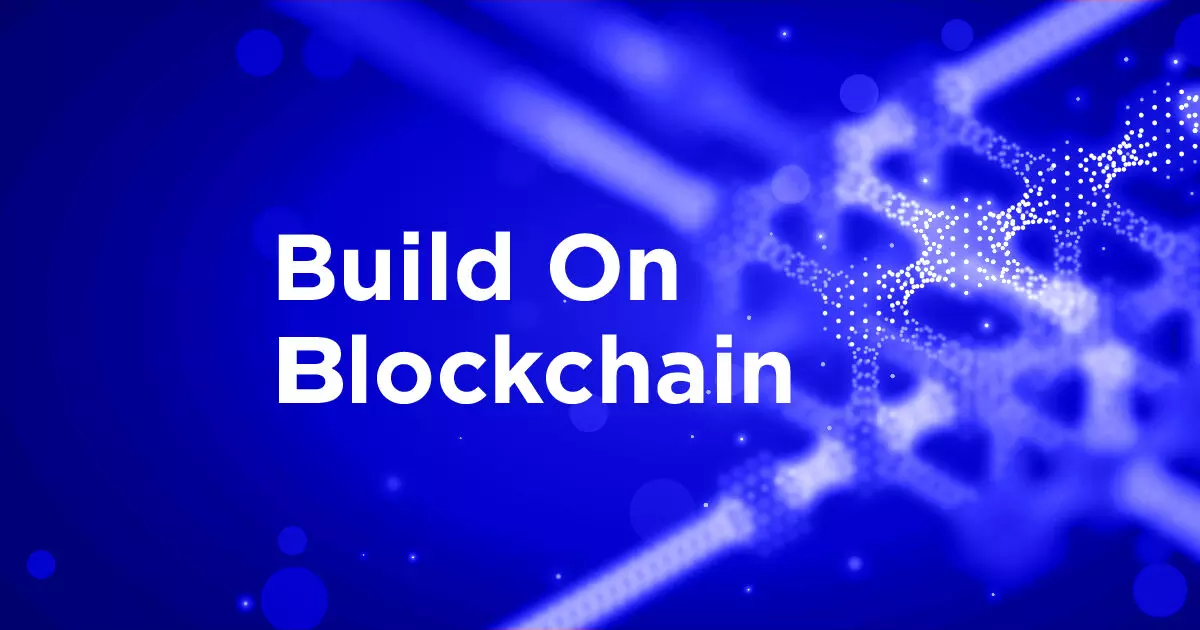
Fake It, But You Can’t Make It
Fraudsters do make it hard to know if the products that you’re buying is real. But with blockchain in the picture, they can’t.

The Gist
Concerns about counterfeit consumer goods are rising in India, as evidenced by a recent bust of a factory producing fake toothpaste.
- Prof. Nikhil Varma emphasizes the 'PTA problem'—proof, transparency, and automation.
- Current supply chains often lack the necessary verification processes, allowing fraud to thrive.
- Blockchain could revolutionize tracking and authenticity, but requires full participation from all stakeholders.
Every product label comes with a promise and assurance. Your coffee claims to have come from certain high-quality beans, while your rice packet claims to be farm fresh.
But it’s everyone’s experience that most of these labels do not tell the truth. The promising story sort of falls apart when the rubber (the product) meets the road (your taste buds).
You suspect either the manufacturer is a con artist, or that the product has been tampered with somewhere between the producer and your shopping cart.
That's a major flaw in the way existing supply chains are designed. They leave plenty of scope for fraudulent activities.
Just three days ago, authorities in Gujarat busted a factory involved in the large-scale production of counterfeit Colgate and Sensodyne toothpastes and Eno sachets. This raised concerns about the growing spread of fake consumer goods in India.
Prof Nikhil Varma of blockchain platform Algorand calls it the PTA problem — proof, transparency, and automation. It’s the missing link that makes supply chains look smarter than they really are.
Claim Without Proof
Varma says that theoretically, proof should be as simple as possible — just show where something came from and how it got here. But in practice, it seldom goes beyond a mere claim.
“One of the problems we see on a regular basis is this lack of trust between entities and supply chains. The upstream does not pass on the right kind of information to the downstream because their upstream would be exposed,” Varma told The Core during a recent interaction.
A spice farmer in Kerala claims his pepper is single-origin and pesticide-free. The farmer gets the whole process verified by an agency and gets a seal of authenticity. The distributor then verifies the certificate and adds a QR code.
It all looks legitimate and genuine until one middleman changes suppliers, skips a record or just inserts some substandard stuff with the same packaging.
The deceitful part is that the QR code scan will still show the authenticity certificate though the contents have changed. All because the data entered at every step of the way are hosted on local systems, rather than being part of a decentralised platform built on blockchain.
Once the data starts getting transmitted through blockchain, the QR code scans on the counterfeit units will not show the proof of authenticity, alerting the retail buyer that what they are holding is not genuine.
Varma, who has helped several companies bring their supply chain operations on the blockchain, said that this technology is available even at the most basic level. “We’ve built digital tools on top of systems that were never digital to begin with,” he added.
Follow The Rules
Fake goods are a big deal for manufacturers as well. To fix this, several companies have turned to blockchain platforms.
Everledger, for example, tracks the journey of diamonds from mines to stores. TextileGenesis, on the other hand, verifies if fashion fibres are really organic or recycled. The same transparency could be replicated for your toothpastes and Eno sachets as well.
But there is one condition: these systems work only if every player follows the rules and agrees to become part of one decentralised system.
In the real world, however, things are not as efficient and streamlined. Small farmers still use pen and paper. Truck drivers do not log their journey, and many suppliers don’t have the time or the manpower to feed data into digital systems.
As a result, the backend remains a black box, and transparency a distant dream mainly because of the messy, uneven way humans record and share information.
When a system is brought on blockchain, manual tasks become minimal. But it's never zero, which brings us to the need to ensure all stakeholders in the chain are on the same page.
Whither Transparency?
Everyone wants to appear transparent, but few want to be transparent. Automation is an answer to this, but real automation can’t survive on half-truths. Its efficiency depends primarily on rock-solid proof and untampered data from every party in the chain.
As Varma said, “Transparency isn’t a software feature; it’s a mindset.”
You can’t automate honesty. You can only build systems that make it harder to lie and easier to tell the truth.
Until that mindset shifts, the “smart” supply chain will have blind spots. The labels will keep making claims that no one can fully prove. And we’ll have no choice but to continue trusting words and buying fake toothpastes.
This series is brought to you in partnership with Algorand.
Fraudsters do make it hard to know if the products that you’re buying is real. But with blockchain in the picture, they can’t.
Rohini Chatterji is Deputy Editor at The Core. She has previously worked at several newsrooms including Boomlive.in, Huffpost India and News18.com. She leads a team of young reporters at The Core who strive to write bring impactful insights and ground reports on business news to the readers. She specialises in breaking news and is passionate about writing on mental health, gender, and the environment.

